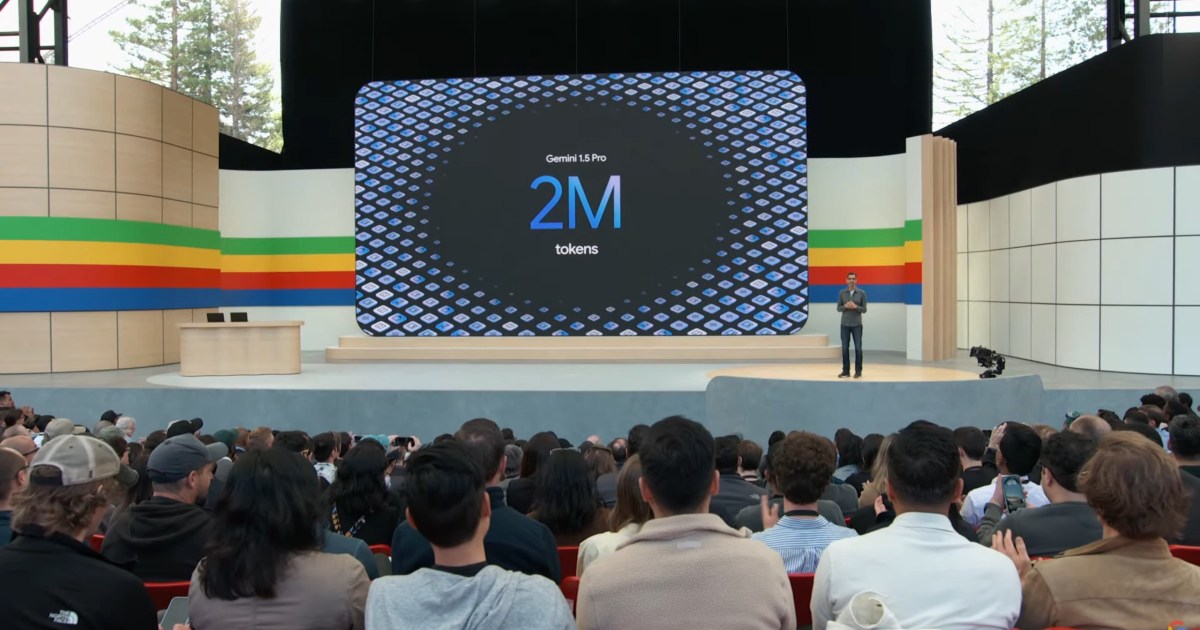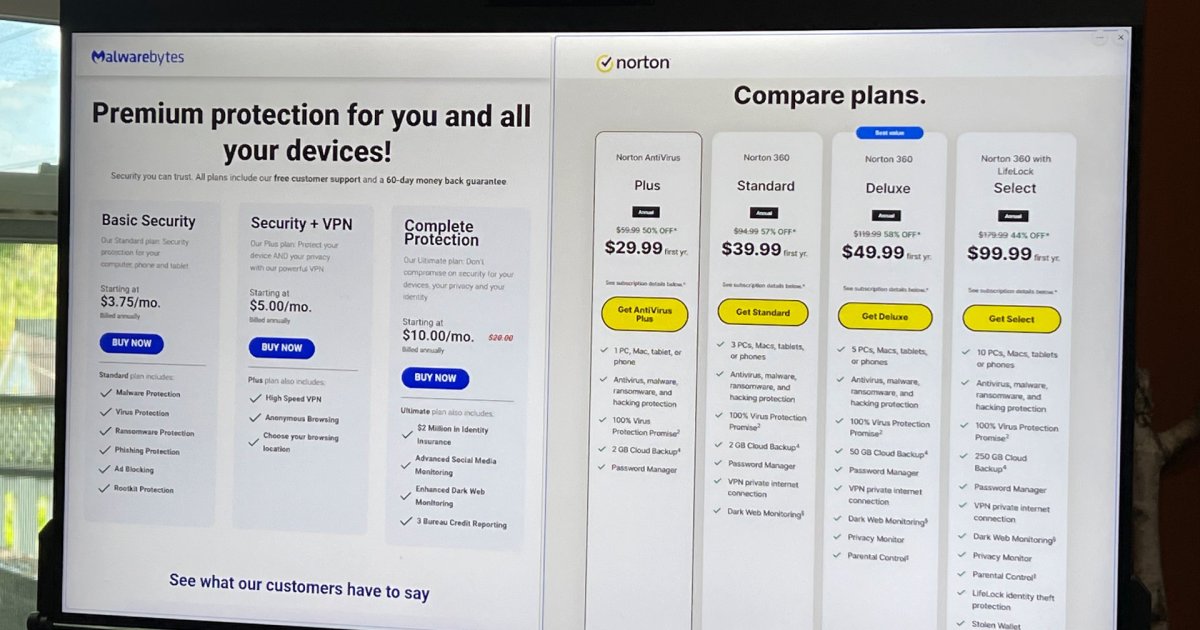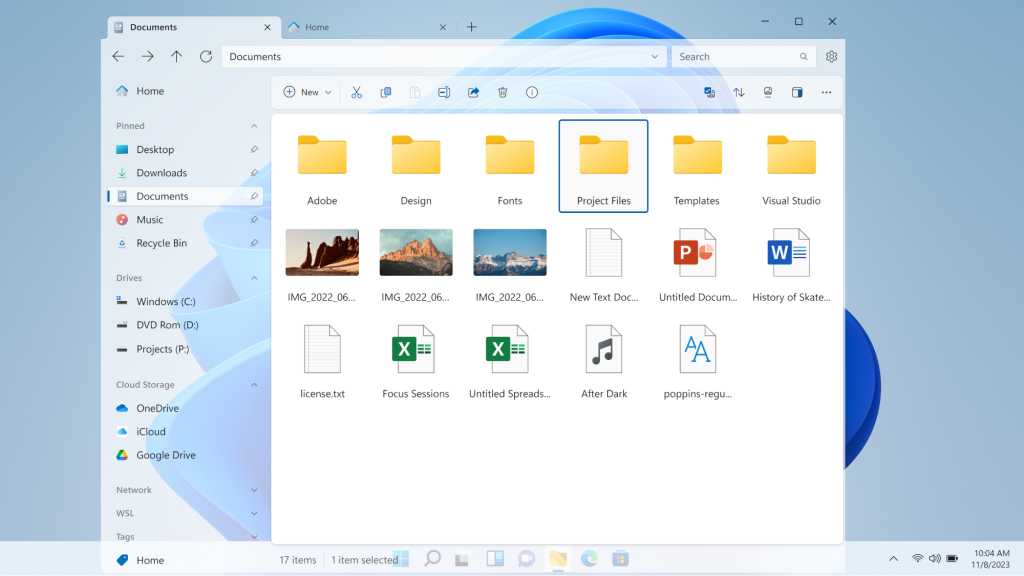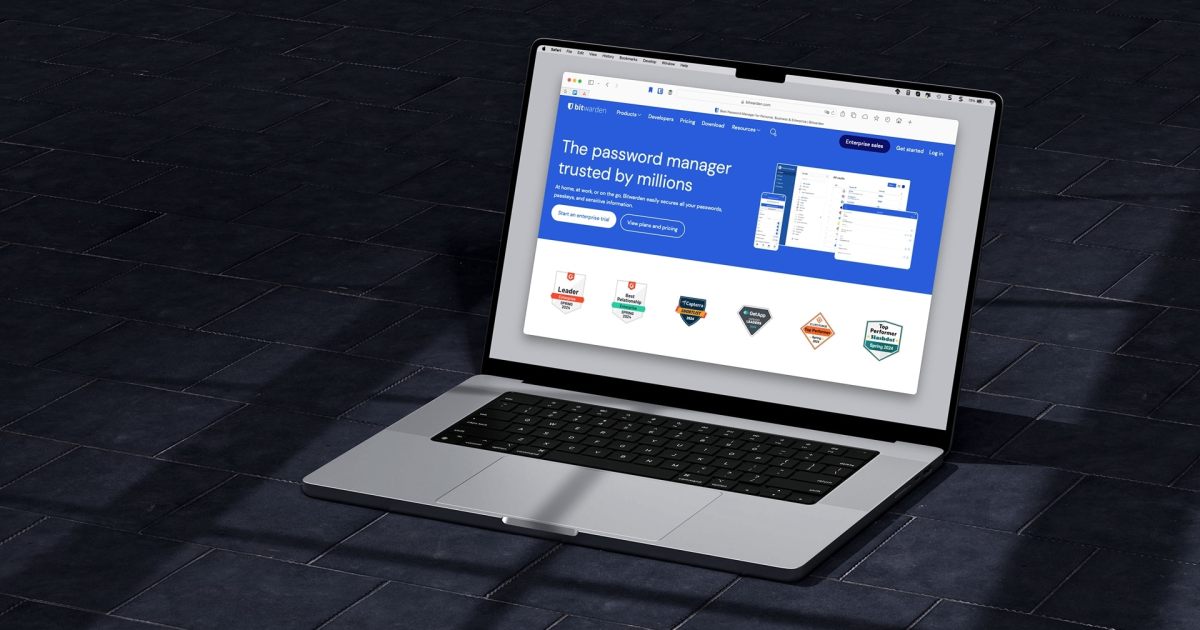The recent announcement of Gemini 1.5 Pro expanding its context window to a staggering 2 million tokens has sparked curiosity. But what exactly is an AI token, and why does it matter? This article delves into the core concept of AI tokens, exploring their functionality, types, and significance in the rapidly evolving field of artificial intelligence.
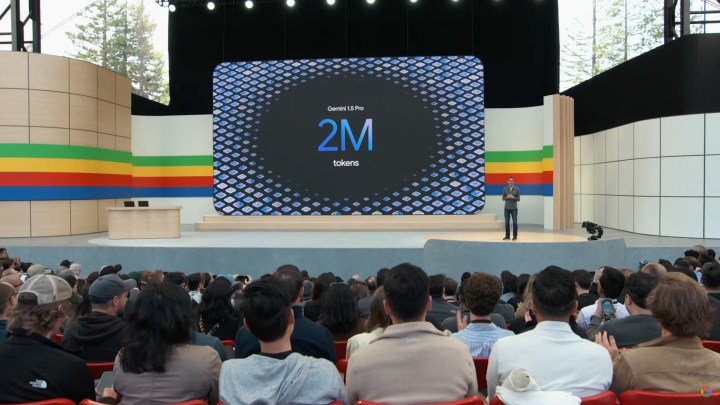 A presenter at Google IO shows information on a new AI project.
A presenter at Google IO shows information on a new AI project.
Even sophisticated chatbots require a mechanism to process and understand the nuances of human language. This is where AI tokens come in. They are the fundamental units that enable generative AI models to comprehend concepts and communicate effectively.
Understanding AI Tokens
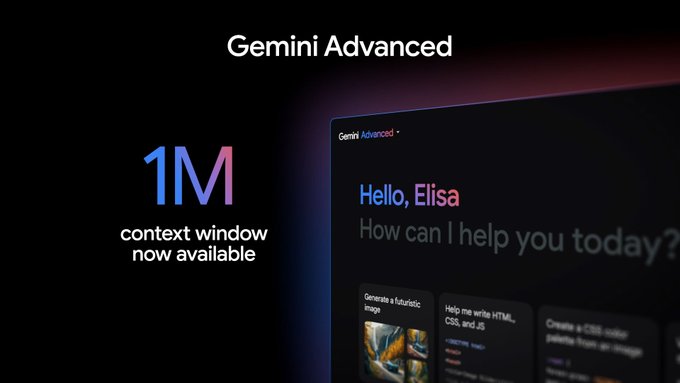 An infograph highlighting Gemini
An infograph highlighting Gemini
An AI token represents the smallest unit of meaning that a large language model (LLM) can process. Think of it as the atomic building block of language for AI. These tokens can correspond to words, punctuation marks, or even sub-word components. This granular breakdown allows LLMs to efficiently analyze, interpret, and generate text. Similar to how computers use binary code (zeros and ones), LLMs utilize tokens to decipher patterns and relationships within language.
When you interact with a chatbot, your input is first converted into these smaller tokens through a process called tokenization. The LLM then processes these tokens to understand your request and formulate a response. Finally, the response is converted back into human-readable text.
The Mechanics of AI Tokens
Tokenization methods vary depending on factors like language and specific model requirements. A common approach is space-based tokenization, where words are separated by spaces. For example, “Artificial intelligence is transforming industries” would be split into the tokens “Artificial,” “intelligence,” “is,” “transforming,” and “industries.”
Generally, one token is equivalent to roughly four characters in English, or about ¾ of a word. This translates to approximately 75 words per 100 tokens. Other estimations suggest one to two sentences equal around 30 tokens, one paragraph equals approximately 100 tokens, and 1,500 words equal roughly 2,048 tokens.
Token Limits and Advancements
Most generative AI services operate with token limits, restricting the amount of text that can be processed in a single interaction. Exceeding this limit means the LLM cannot complete the request in one go.
However, the field is constantly evolving. Early models like BERT had a maximum input length of 512 tokens. GPT-3.5, powering the free version of ChatGPT, has a limit of 4,096 tokens, while GPT-4 extends this to 32,768 tokens (approximately 64,000 words or 50 pages). Furthermore, models like Gemini 1.5 Pro and Claude 2.1 boast context windows of 128,000 and 200,000 tokens, respectively, enabling them to handle significantly longer texts.
Types of AI Tokens
Various token types contribute to an LLM’s understanding of language:
- Word Tokens: Standalone words like “car,” “tree,” or “computer.”
- Sub-word Tokens: Parts of words, such as breaking “unfortunately” into “un,” “fortunate,” and “ly.”
- Punctuation Tokens: Represent punctuation marks like commas, periods, and question marks.
- Number Tokens: Represent numerical values.
- Special Tokens: Convey unique instructions within queries and training data.
The Advantages of Tokens
Tokens play a crucial role in bridging the gap between human language and the computational language of LLMs. They facilitate the processing of vast amounts of data, essential for enterprise applications. Token limits help optimize performance, and expanding these limits in newer models enhances memory and processing capacity.
Tokens also benefit the training of LLMs. Their compact nature speeds up data processing, and their predictive capabilities improve the understanding of concepts and sequence generation over time. They are also instrumental in integrating multimodal aspects like images, videos, and audio into LLMs.
Finally, tokens offer data security and cost-efficiency advantages. Their Unicode representation protects sensitive data, while their ability to condense longer texts into a simplified form contributes to cost savings.



